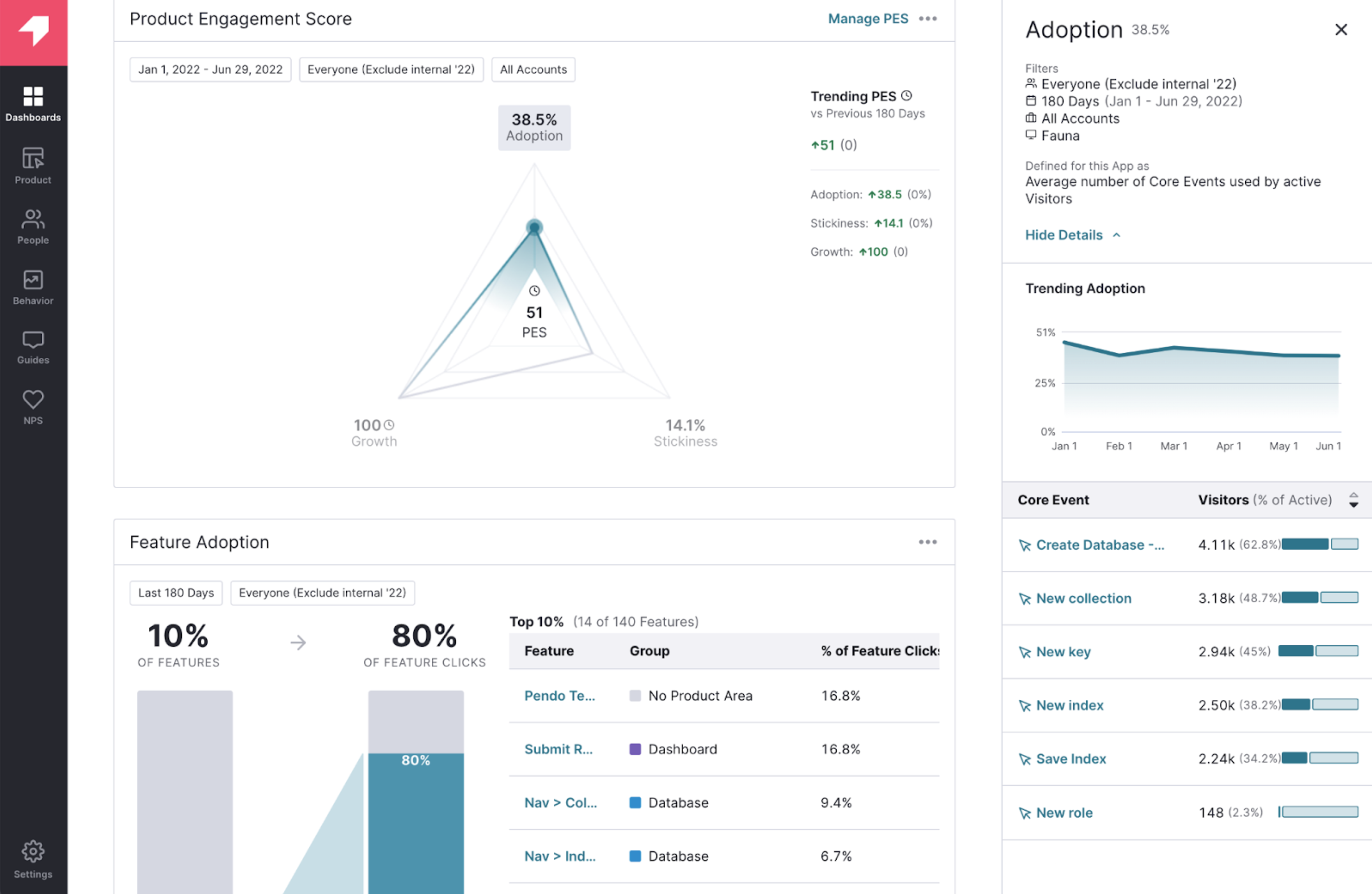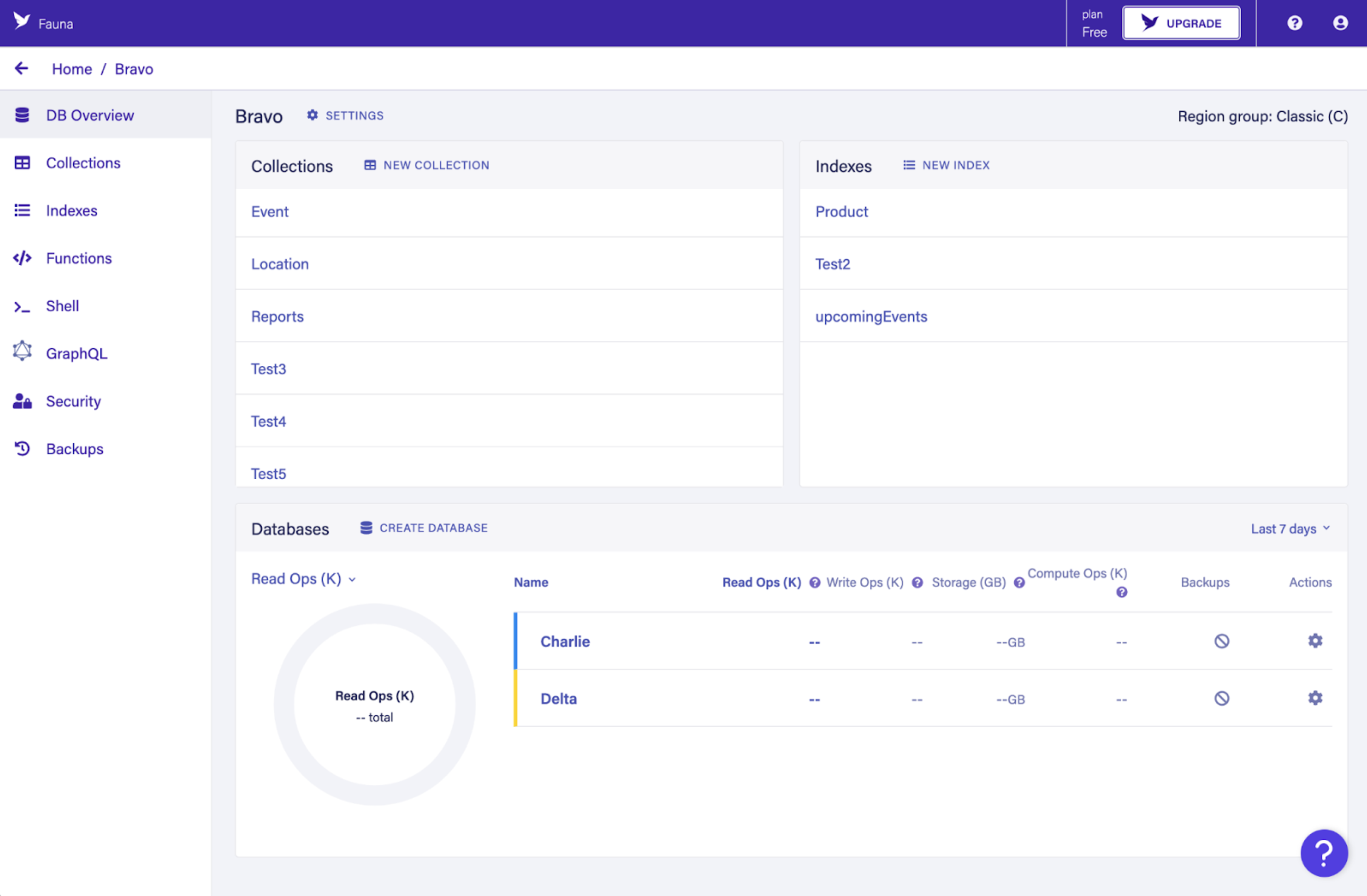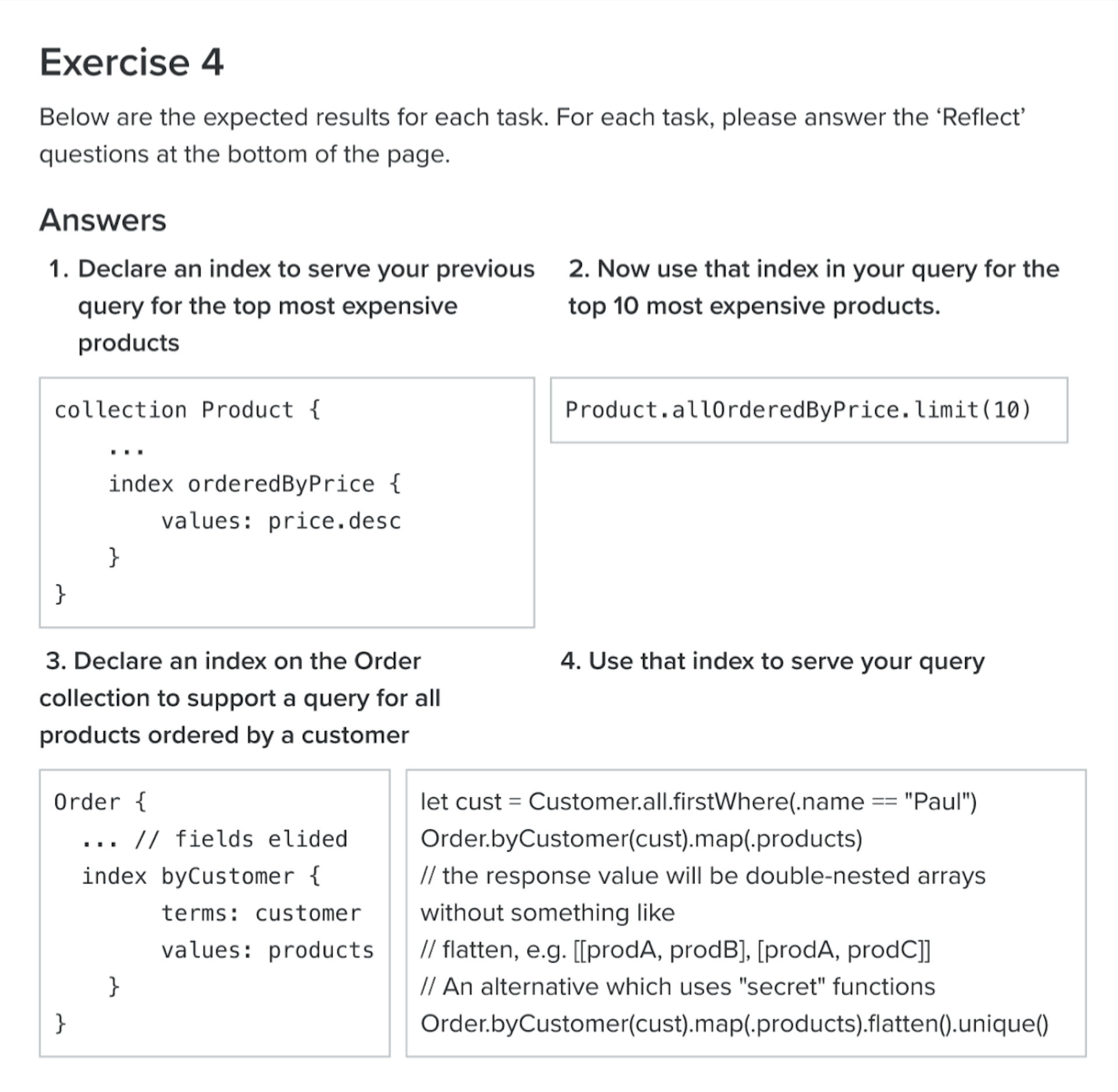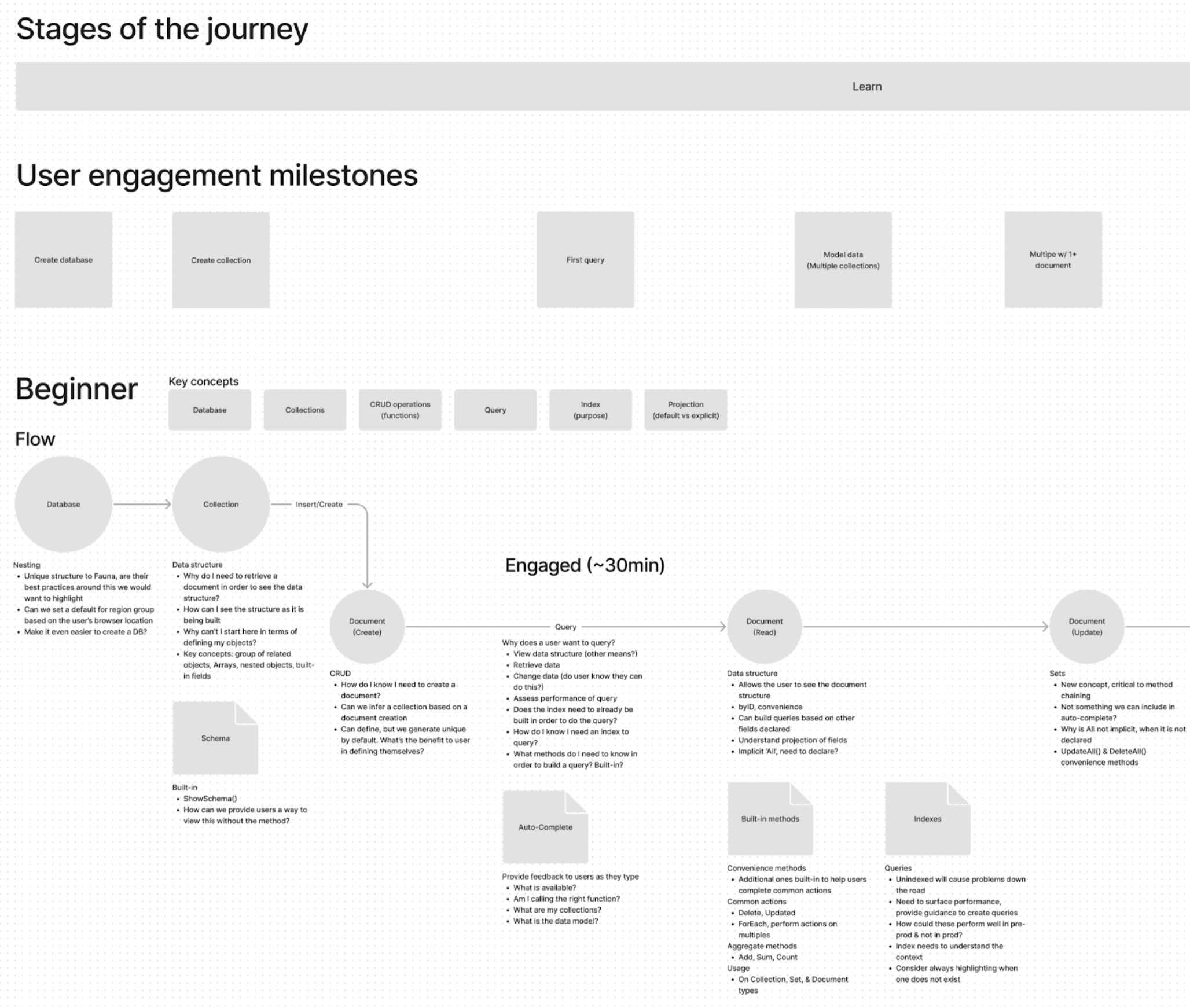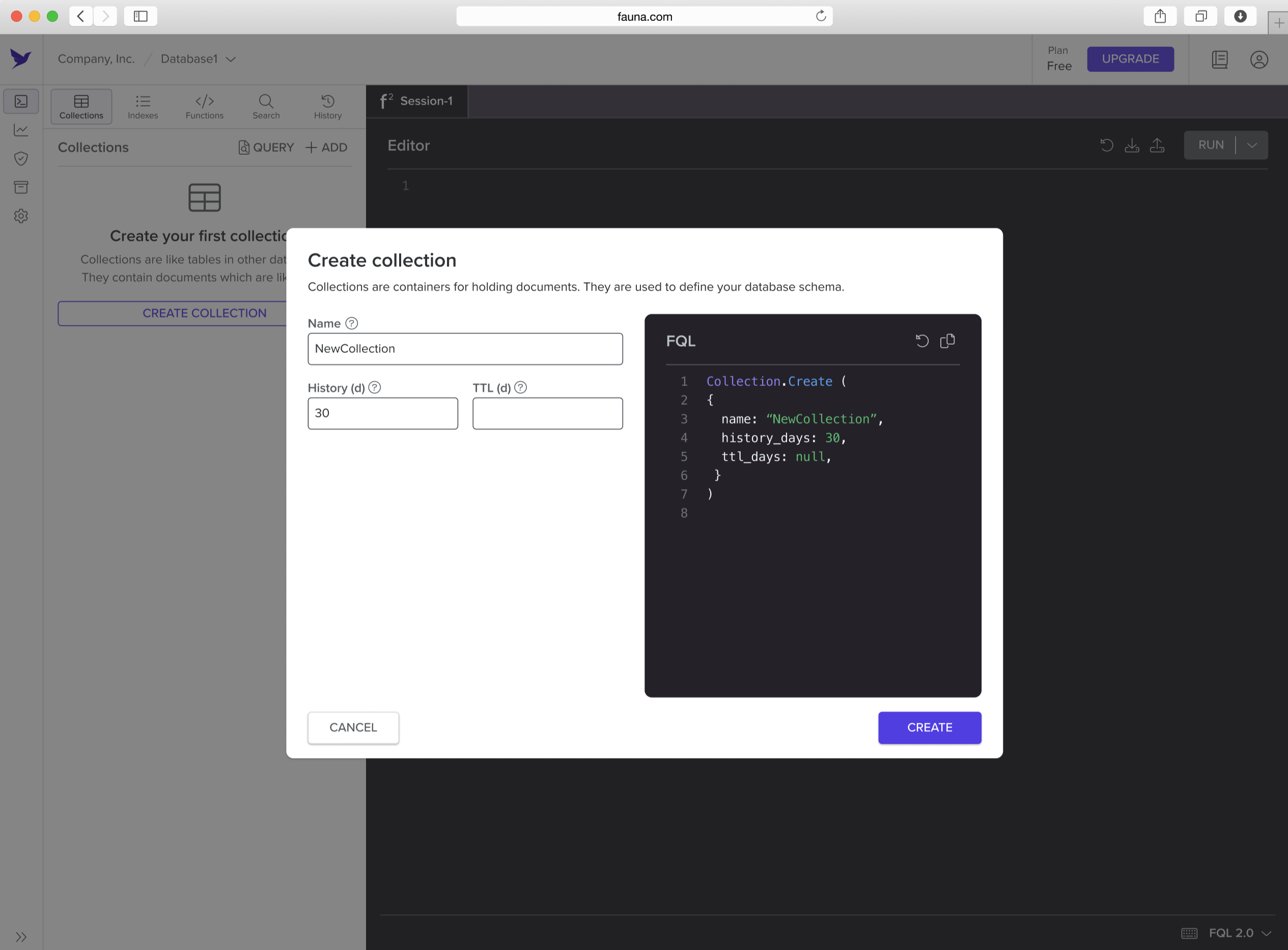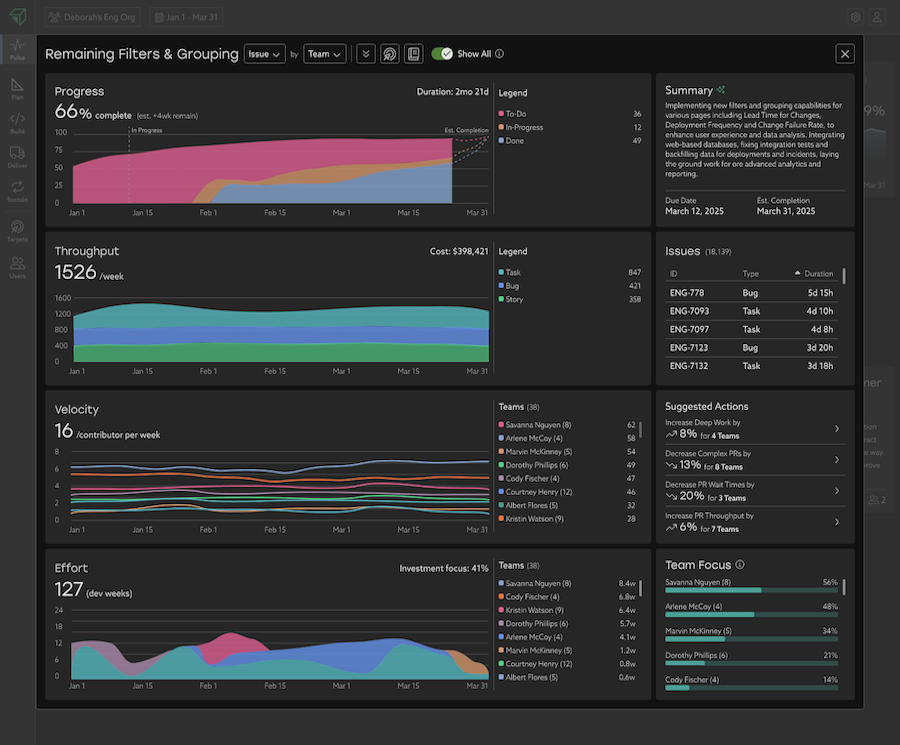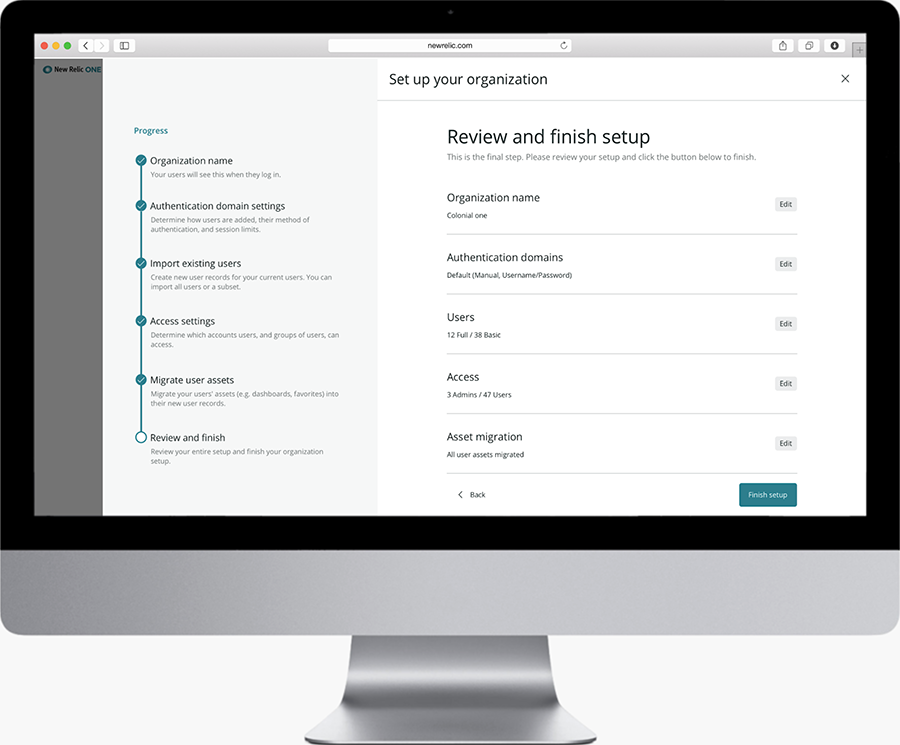Serverless Database | 2023
FaunaDB
At Fauna, I identified high churn and slow user activation as key blockers to growth and retention, leading to a data-driven redesign of the product experience. Through syntax testing and iterative design, I reworked the experience to reduce time to activation from 2–3 days to under 15 minutes.
